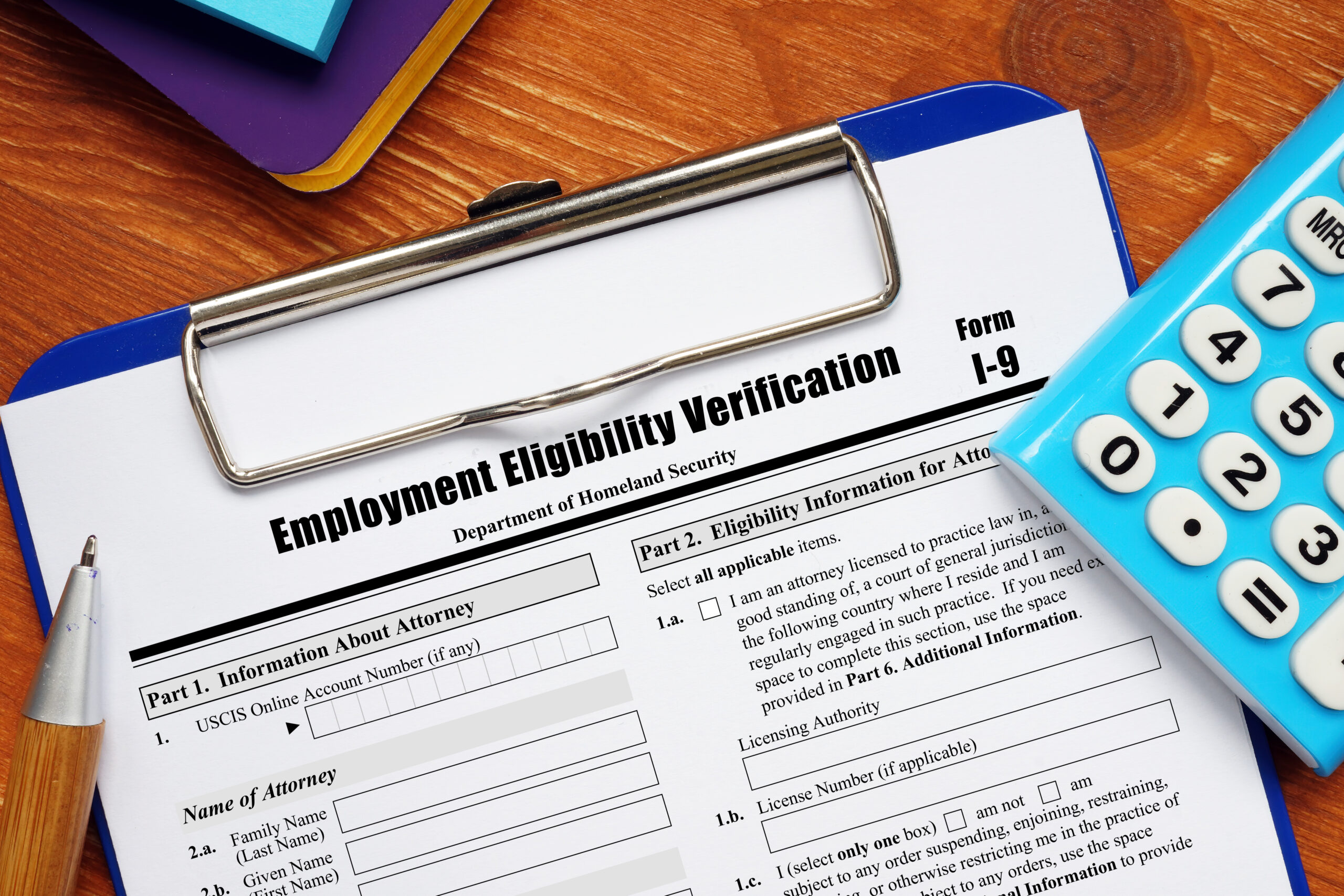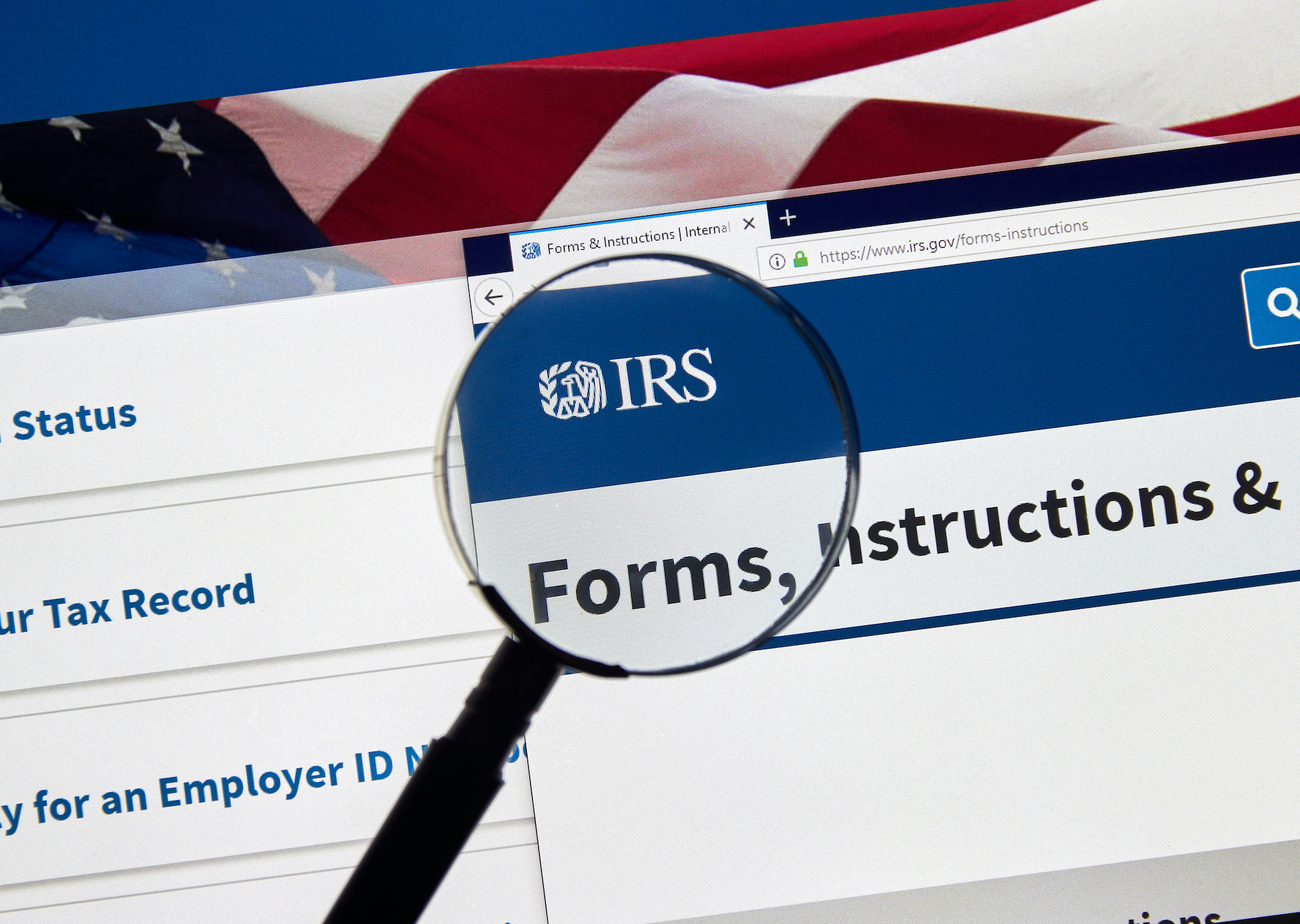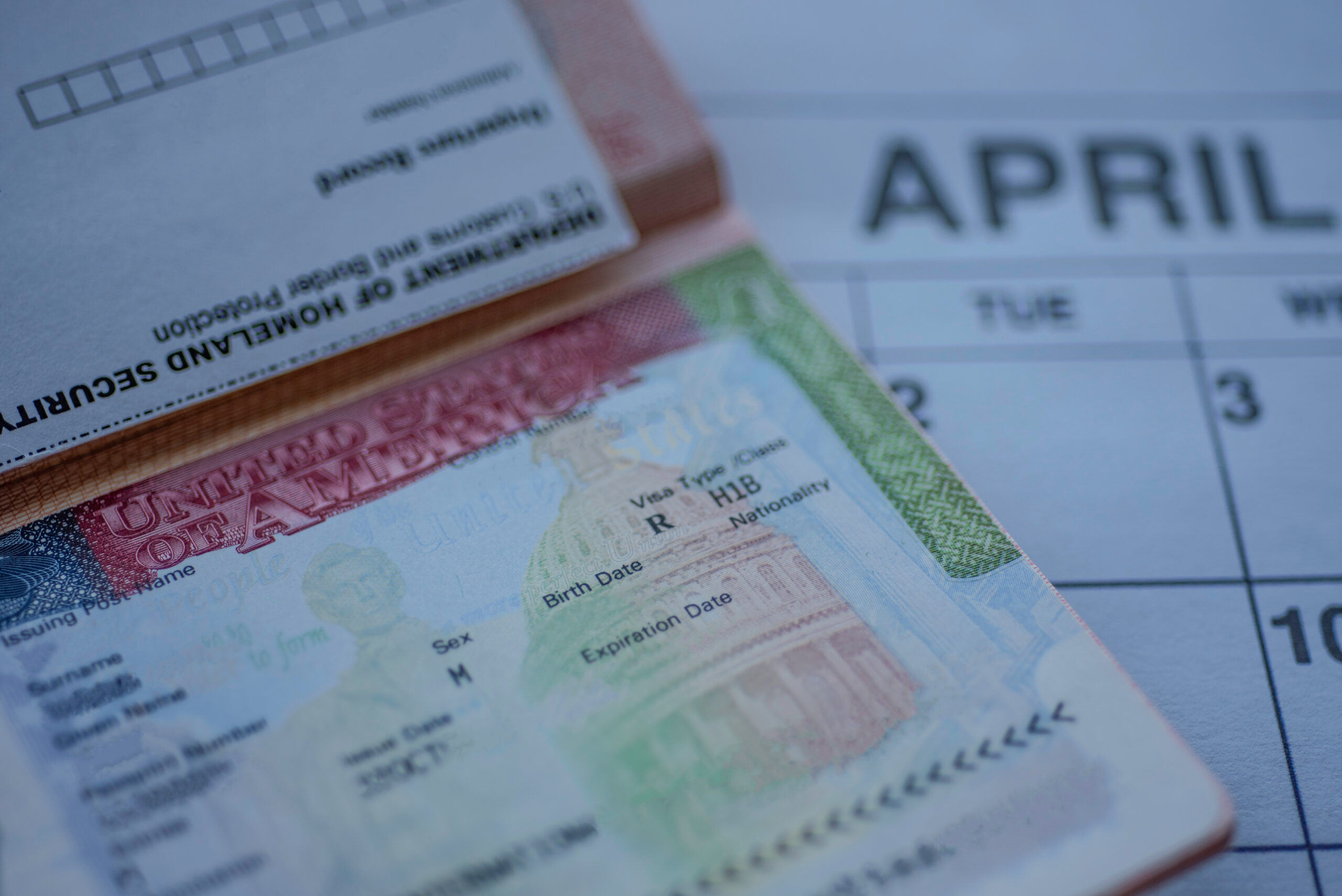Exploring the I9 form process can be a tricky endeavor, especially when it comes to the rules for immigrants. As you deal with the complexities of work authorization laws, you may ponder whether remote verification is an option or if you must present physical documents. Additionally, common mistakes in I9 documentation can lead to penalties; hence, expert advice is essential. But what if there’s a pathway to simplify this process? Stick around; you’re about to find out.
Understanding the I9 Form
The I9 form, an essential document for immigrants in the U.S., is your key to verifying your employment eligibility. This form is vital to the I-9 process, guaranteeing you’re in I-9 compliance. Simply put, it’s a process that ensures you’re legally allowed to work in the U.S.
To complete the I-9 form, you’ll need specific form I-9 documents. These employment eligibility documents prove your identity and eligibility to work. You must provide original I-9 documents, not photocopies or digital versions.
The I-9 verification process is straightforward. You present your documents to your employer, who then verifies their authenticity. But what if you’re not physically present? That’s where the remote verification process comes in. In certain circumstances, an authorized representative can present your documents.
Specific Rules for Immigrants
As an immigrant, you’ll need to adhere to specific rules for immigrants when completing the I-9 form and undergoing the verification process. Whether you’re a green card holder, a temporary worker, or an undocumented worker, the U.S. Citizenship and Immigration Services (USCIS) requires you to provide acceptable documents that prove your identity and employment authorization.
The I-9 documents you’ll need to provide depend on your immigration status. The USCIS provides a list of acceptable documents, including a U.S. Passport, Permanent Resident Card, or Employment Authorization Document. Failing these documents or providing fraudulent information can lead to severe penalties.
Moreover, if you’re unsure about the process, you can seek help from an immigration consultant. They can guide you through filling out the form I-9, ensuring you meet all USCIS requirements. However, while some companies offer remote verification flexibility, this is only sometimes true. Therefore, you might need to present the documents in person.
The Remote Verification Possibility (for e-verify users)
In today’s digital era, you can complete the I-9 verification process remotely. This possibility is becoming increasingly popular among e-verify employers hiring remote employees. With remote verification, you can complete your employment eligibility documentation from home, thanks to the temporary flexibility of COVID-19.
Here’s a quick snapshot of what the process might look like:
- Initial remote inspection of your documents.
- Remote document examination via a video call.
- Virtual document verification using secure platforms.
These steps guarantee that remote hires are appropriately vetted and that companies comply with necessary immigration laws. This process is convenient for remote workers and efficient for employers, reducing the time and resources typically spent on in-person verifications.
However, it’s crucial to mention that this process has challenges. Issues can arise from technology errors, unclear instructions, or misinterpretation of documents. But despite these potential hurdles, the possibility of remote verification is a significant step forward in today’s increasingly digital and remote work landscape. It’s a modern solution designed to meet the evolving needs of employers and employees alike.
Common Mistakes to Avoid
While maneuvering through the remote verification process, you must avoid common pitfalls that could impede your progress. For example, failing to complete the i-9 documentation promptly can result in an i-9 audit. Be diligent and make sure you’re prompt with your employee documentation.
During the remote examination, pay attention to the necessity for original documents. Physical examination of these may not be possible, but you mustn’t accept copies. The rule is clear: you must review original documents during either documentation in person or remote examination.
Another common mistake is bypassing the authorized representative during the physical document examination. An authorized representative must inspect the physical document even when conducting remote verification. This ensures authenticity and compliance with regulations.
Finally, make sure to distinguish between remote and physical examinations. Remote doesn’t mean you can skip the physical verification altogether. It simply means the physical verification can be done by an authorized representative, not necessarily you.
Avoid these common mistakes and ensure a smooth verification process. Remember, errors in i-9 documentation can lead to penalties, so it’s worth taking the time to get it right.
Advice From Immigration Experts
Exploring the intricacies of i-9 forms can be challenging, so let’s turn to some advice from immigration experts to simplify the process. In light of the COVID-19 pandemic, the Department of Homeland Security (DHS) and U.S. Immigration and Customs Enforcement (ICE) have allowed an alternative procedure for examining documents required for the i-9 form.
Here are some key takeaways:
- You can review authorization documents remotely. However, once normal operations resume, you should physically verify the documents.
- Employees who can’t present an acceptable receipt can present employment authorization documents within 90 days.
- Create an E-Verify case within three business days of the employee’s start date. The E-Verify system will compare the information with records available to the DHS and Social Security Administration.
Navigating the I9 Form: Essential Guidance for Immigrants
Understanding the I-9 form can be challenging, especially for immigrants. It’s essential to grasp the rules, explore remote verification options, and avoid common mistakes. Don’t hesitate to seek advice from immigration experts – they can help you avoid penalties and guide you through unique situations like COVID-19. Remember, upfront effort in comprehending and complying with these regulations can save you from future complications.
Ready to simplify your employees’ I-9 verification process and avoid common pitfalls? Partner with Kona HR for seamless remote verification solutions! Ensure compliance with immigrant rules and streamline your documentation process. Contact us today for expert HR guidance.





